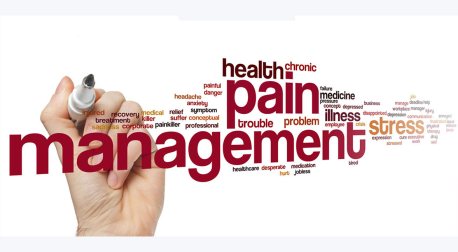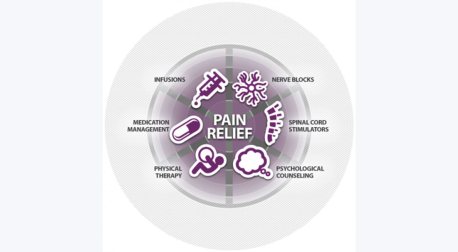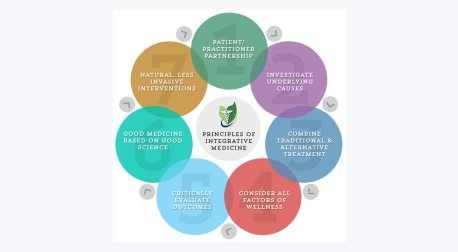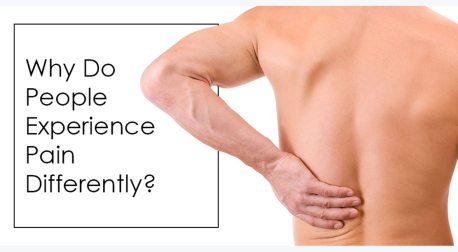Pain Management
Pain is a distressing feeling often caused by intense or damaging stimuli.
The International Association for the Study of Pain's widely used definition defines pain as "an unpleasant sensory and emotional experience associated with actual or potential tissue damage, or described in terms of such damage" however, due to it being a complex, subjective phenomenon, defining pain has been a challenge.
In medical diagnosis, pain is regarded as a symptom of an underlying condition.
Pain is the most common reason for physician consultation in most developed countries.
It is a major symptom in many medical conditions, and can interfere with a person's “quality of life” and general functioning.
Simple pain medications are useful in 20% to 70% of cases.
In some debates regarding physician-assisted suicide or euthanasia, pain has been used as an argument to permit people who are terminally ill to end their lives.
Inadequate treatment of pain is widespread throughout surgical wards, intensive care units, accident and emergency departments.
In general practice, the management of all forms of chronic pain including cancer pain, and in end of life care. This neglect extends to all ages, from newborns to medically frail elderly.

Treatment
The International Association for the Study of Pain advocates that the relief of pain should be recognized as a human right, that chronic pain should be considered a disease in its own right, and that pain medicine have the full status of a medical specialty.
Pain medicine is a subspecialty under disciplines such as anesthesiology, physiatry, neurology, palliative medicine and psychiatry.
In 2011, Human Rights Watch alerted that tens of millions of people worldwide are still denied access to inexpensive medications for severe pain.
Pain management is the medical specialty born out of the need for treating all types of pain, including musculoskeletal, spinal and neuropathic pain disorders.
With an accurate diagnosis and early intervention, we hope to help patients avoid spiraling into a state of chronic pain, or at least reduce the severity of pain, and improve patients’ quality of life.
Minimally invasive procedures and proper use of medications are implemented to achieve those goals.
Pain management effectively helps thousands of people each year and is an area of concentration that primary care physicians, orthopedists, neurologists and other healthcare providers increasingly rely on for their patients.

Our Approach

Successfully treating pain requires skill, patience, empathy and staying current within our field. Everyone on our integrated team – doctors, physician assistants, nurse practitioners and medical assistants – is committed to a personalized approach to treating an array of conditions and comprehensive treatment plans to improve your quality of life.
Why Do People Experience Pain Differently
Pain is real and it's physical — there's no mistaking that.
But pain is measured and specific to one person based on that person's perception of the pain, and that's why everyone's pain is different.
"What the brain perceives is indisputably modifiable by emotions," notes Scheman. That means that people who are fearful of pain, depressed, or anxious may experience pain differently, and perhaps more severely, than someone who has pain but isn't experiencing those other emotions.



